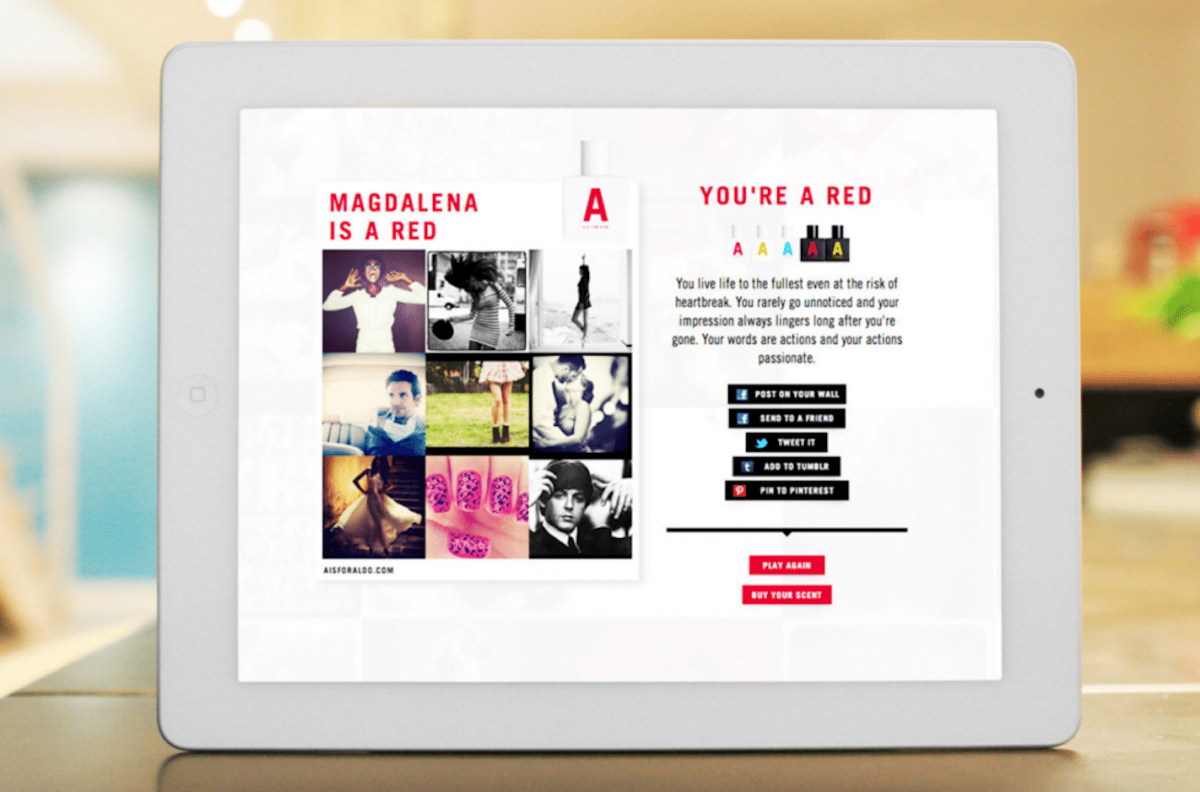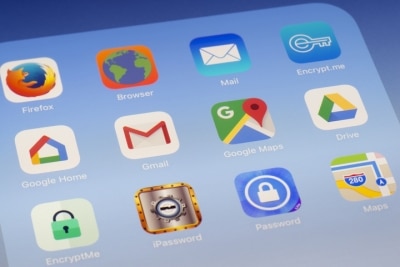data
The Impact of Gamification on Retail
April 21, 2023

The popularity of gamification continues to soar and is now an essential marketing tool to drive engagement and loyalty.
The appeal of interactive experiences has cemented itself into the world of retail. Sephora Beauty uses live streams to promote new products. Ikea recently debuted a line of chairs and desks designed specifically for gamers. Starbucks loyalty customers play beat-the-clock classics like hopscotch and bingo that bring them back on the app all day long.
Consumers want to be entertained. They expect the brands they do business with to keep up with their lives.
There are 3.07 billion people, or two in every 5 people worldwide who identify themselves as gamers. In 2021 the gamification market was estimated to be USD$12.35 billion. It’s expected to grow 26% by 2028.
As the gaming industry exploded in the last decade, the retail industry was also being turned on its head. Shopping is now an omnichannel, 24-hour-a-day experience that spans mobile, SMS, in-app purchases, social media channels, and digital wallets.
The Growth of Gamification
According to Snipp, 87% of North American retailers plan to incorporate gamification into their marketing strategies in the next five years, and the global gamification market is projected to reach a value of $30.7 billion by 2026.
What Can Gaming Do For Retailers?
When used as part of an overall acquisition strategy, gaming can help marketers:
- Collect valuable customer data
- Enhance brand awareness and reputation
- Increase customer engagement
- Increase sales and revenue
The Importance of Personalization
Interactive games are a way to collect personal information about a shopper that comes directly from the consumer. Marketers use data and automation to create more personalized experiences for each and every customer.
Done the right way, shoppers love personalization because it improves the shopping experience. Customers receive content that aligns with their interests and less messaging that is irrelevant and intrusive.
The consumer rationale is simple: “If I am going to enjoy something that personally engages me with a brand, they have to know something about me. I will share my personal data if the brand gives me something I value in exchange.”
Data Collection and the Value Exchange
Shoppers are clear about what they want from a retailer. There are notable differences between generations and ages of shoppers. But to a large extent, consumers rank the following as what they value most from a brand in exchange for personal data:
1. Discounts
2. Loyalty points
3. Sweepstakes prizes
4. Early access to sales
5. Access to locked/premium content
Permissions and Privacy
There is a clear decline in the appeal of personalization tactics when it comes to data the shopper did not disclose. 70% of shoppers are prepared to stop purchasing from a brand if it uses their data without permission.
This brings up the issue of privacy. 49% of shoppers describe themselves as concerned about how companies are using their personal data.
Conclusion
Consumer engagement and retention strategies are key to building long-term consumer loyalty. Gamification is one of the most successful new tactics and becoming a must-have tool in an increasingly competitive environment.
Download the full report commissioned by our sister brand to learn more about shoppers’ top three forms of personalization, what younger shoppers value compared to more mature consumers, and how you can use gaming to boost sales and build a better relationship with all of your customers.
The State of Brand Loyalty in the U.S. in 2023
Related




